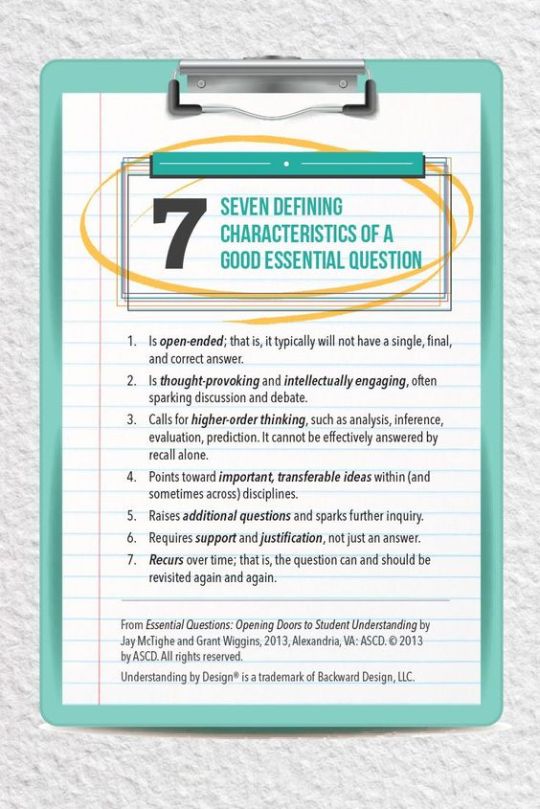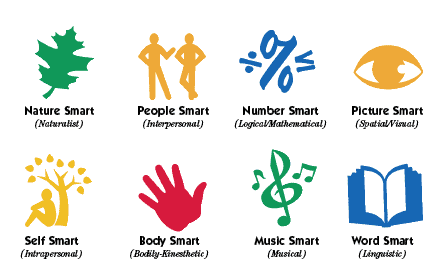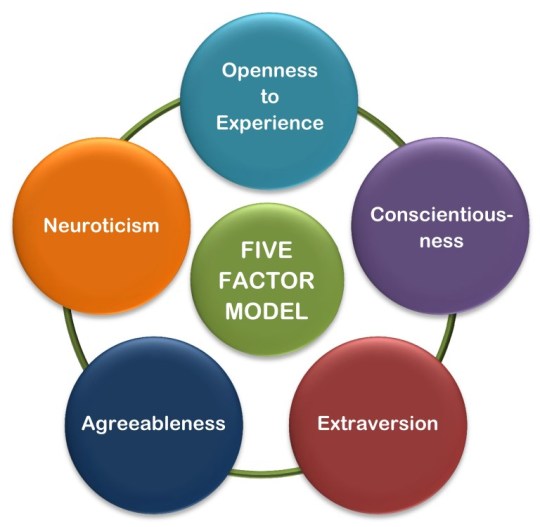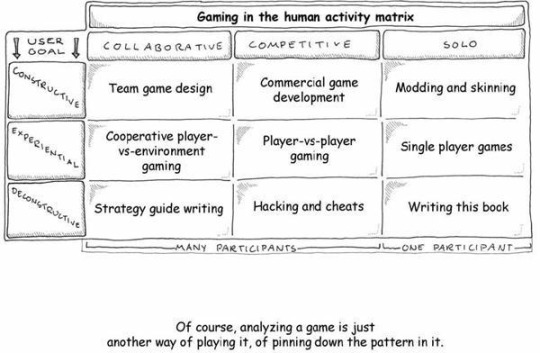Don't wanna be here? Send us removal request.
Text
Esports exercises
https://esportshealthcare.com/gamer-warm-up/
0 notes
Text
Futurists
Ho Tran, Tony. (2019). Speculative design: 3 examples of design fiction. (Links to an external site.)
ForesightRx. (n.d.) A dozen classic tools in the futurist's toolbox. (Links to an external site.) Pay special attention to number 8 - Gaming.
Smithsonian Institution Museum Futures (Links to an external site.) Exhibition through July 6, 2022
Amy Webb: https://futuretodayinstitute.com/
Futurists and Games
Situation Lab. The thing from the future (Links to an external site.) imagination game
Jared Finklin (Links to an external site.) lives here in Austin and travels around the world and into the future.
0 notes
Text
Unity Tutorials
2/7 Design Challenge : Contrast in Size
Unity for Beginners Resizing
How to scale an object in one direction
0 notes
Text
Presentation Board Resources
Presentation boards in InDesign
0 notes
Text
Rationale to teach online
1) Course evaluations were higher online than onground indicating higher student engagement and higher participation. The online modality increased flexibility for spontaneous research and autonomy.
2) Online course helped students to delve deeper into the content because of the combination of synchronous and asynchronous learning oportunities. This flexibilty was important during isolation with students in different locations. The lonline learning interconnections continue to be important as students readjust to new learning environments and the challenges of learning structures in college.
3) The online support for students in Discord and Zoom enables timely feedback in order for students to gain insight into their learning and effectively evaluate their strategies. The online model also supports a diverse ways of communicating and offers different technology affordances with which to express personal questons, observations and insights.
0 notes
Text
Loops
A loop is how a game determines the results of an action and feeds that result back to a player. Players are usually the initiators of loops but, in videogames especially, characters may also initiate their own loops. An enemy taking a shot at you is trying to win, just as you are.
More about loops from David’s course.
0 notes
Text
Where do ideas come from?
Sci-Fi writer, Ursula Le Guin Where do you get your ideas?
David Lynch, film-maker
Anthony Brandt and David Eagleman (2017) The Smithsonian
0 notes
Text
Glossaries
Tadhg Kelly Games Glossary
Casey Hardman Aesthetics of Play
Spice up your descriptive design language when talking about your work. https://describingwords.io/for/design
Unity Glossary
0 notes
Text
Connect to the past
I had my Drawing 1 students choose several of Hokusai's drawings to do while studying construction shapes. The feedback was great, it was consistently one of their favorite assignments. 3 of his drawing books are online for free.
https://www.openculture.com/2018/03/free-drawing-lessons-from-katsushika-hokusai.html?fbclid=IwAR1DVWzauP17nOKXa0CX7VaPnh78n4N3DvBKyq8jDCJecIdRU_XY_QDuQm0
0 notes
Text
Peer Instruction
Peer Instruction starts with asking students concept development questions based in the topic they are about to learn.
Why? this jump starts thinking on the topic, forming links to their experiences, and prepares them to learn.
--
...parents and teachers can get started creating a game for the Game-a-thon. Based on our interview and chatting with other participants, here are some facilitating questions the mentor (parent, guardian or teacher) can ask the team of students to jump-start the game design process:
What are some of your favorite games?
How can we categorize different games?
What do your favorite games have in common?
What do you think defines a great game?
If you had to pick one game, which game should we model our own game after?
What math concepts interest you?
What different types of games we talked about would work well with those math concepts?
https://blog.mindresearch.org/blog/game-design-101-guiding-questions
-====
What are the best 30 seconds of game design ever?
How is game design as similar to other forms of design (industrial, graphic, etc.)?
What’s the biggest thing players just don’t understand about game mechanics?
What are the essential tools of game design?
How does the hardware or platform you’re designing for change your design? Does your work conform to its container, or do you find the right container for your work?
What non-game art influences you the most?
Twelve Questions on Game Design - you can read the answers to these and other open ended questions by experienced game designers.
https://medium.com/kickstarter/12-questions-on-game-design-ff994420de9d
++++
Michael J. Marquardt, author of Leading with questions, describes some types of open-ended questions:
Explorative questions force expansion on new points of view and uncovered areas. Have you thought of…?
Affective questions reveal people’s feelings about something. How do you feel about…?
Reflective questions encourage more elaboration. What do you think causes…?
Probing questions invite a deeper examination. Can you describe how…?
Analytical questions look for the roots of a problem. What are the causes of…?
Clarifying questions help align and avoid misunderstandings. So, you mean that..?
https://www.toptal.com/designers/product-design/design-thinking-great-questions
0 notes
Text
Mechanics Dynamics Aesthetics
Gamasutra 2008
According to Marc LeBlanc, chief technology officer at Mind Control Games, games are typically formed of various combinations of these eight different aesthetics -- some are used, and some are not. Excerpts of his descriptions follow each.
GAME AESTHETICS Sensation - "To function as an art object, to look, sound or feel beautiful." Fantasy - "A game to be about something, a vehicle for make-believe." Narrative - "The ability for a game to function as a story, to unfold over time... think about a movie about a sporting event... there's story content in the sporting event itself. Those things form a narrative." Challenge - "The ability of a game to provide you obstacles to overcome, problems to solve, plans to form." Fellowship - "All of the social aspects of games; the abiity for a game to function as a social framework. All the ways in which games facilitate human interaction." Discovery - "An opportunity for a game to function as uncharted territory -- you could be a tourist walking around Disneyland, or you could be a tourist in the tech tree in Civilization and exploring it. To see a new space and become a master over it -- that's what I call discovery." Expression - "Whether it's how you dress your avatar or it's how you play. Using the game as a vehicle for expressing yourself." Submission - "The pleasure of a game as a mindless pastime, like the pleasure of knitting or organizing CDs on a shelf. Some people play solitaire because it's an interesting problem; some play it for the pleasure of moving the cards around. The second is submission."
Nutt, Christian. “GDC: Game Design Workshop: Mechanics, Dynamics, Aesthetics.” Gamasutra, 18 Feb. 2008, www.gamasutra.com/view/news/108415/GDC_Game_Design_Workshop_Mechanics_Dynamics_Aesthetics.php.
0 notes
Text
A theory of fun - textbook

What are essential questions? Read the assigned chapter and compose an essential question based on the chapter, or use Honoria’s sample essential questions. In class, present a brief summary of the chapter, ask the class your essential question and lead a discussion on the topic. Prepare follow up questions on the topic to faciltate the discussion with 2 different contributing students.
Theory of Fun (2nd edition) Raph Koster
Game Design 2 - Theory of Fun from Jay Crossler
Chapter 1 Why write this book?
How has your experience of fun and learning changed over time and levels of maturity?
Contrast how you have experienced the same game at different ages.
As a popular game ages, what kinds of changes are made to new versions?
Chapter 2 How the Brain Works
Start with the definitions of games on page 14. Develop your own definition,
Describe one of the patterns in a game or games that you enjoy, or are really good at.
Chapter 3 What Games Are
Describe what you find fun about your favorite game.
Analyze 2 things that ruin the fun in a game you don’t enjoy.
Describe your favorite challenge in all of your game-playing history. (How old were you? Why is it your favorite challenge? How did you succeed or fail at this challenge?)
Chapter 4 What Games Teach Us
Describe the “possibility space” (page 56) of a game you have played in the last year.
Many games encourage “othering” the opponent (page 68). What kinds of stories and games can we design based on insights into how the modern world works?
Chapter 5 What Game Aren’t
Describe the game system and the story of a game you like. Why does that combination of system and story satisfy? Check out page 88 for some descriptions of game sytems in relation to game stories.
Koster defines fun as “the feedback the brain gives us when we are absorbing patterns for learning purposes.” (page 96) Koster describes why school is not thought of as fun. Describe a memory in which learning academic material was fun.
Page 100 lists resasons other than fun to play a game with a system: practice, meditation, storytelling, and comfort. Describe your experience with one of these other reasons for playing a game.
Chapter 6 Different Fun for Different Folks
Psychologist Howard Gardner developed a theory of multiple intelligences

In addition Koster mentions the Five Factor Model

On page 106 Koster poses the question. . .
What does this all mean for game designers? Not only will a given game be unlikely to appeal to everyone, but it is probably impossible for it to do so. The difficulty ramp is almost certain to be wrong for many people and the basic prmises are likely to be uninteresting or too difficult for large segments of the population.
How can designers use empathy for their target audience to best design a game that can potentiate a “change in the culture ... towards greater equality . . . and teaching alternate ways of thinking.” (page 108)
Chapter 7 The Problem with Learning
On page 120 Koster states
(Games) teach us things so that we can minimize risk and know what choices to make. Phrased in another way, the destiny of games is to become boring, not to be fun. Those of us who want games to be fun are fighting a losing battle against the human brain because fun is a process and routine is its destination.
In the end, (it’s) both the glory of learning and its fundamental problem, once you learn something, it’s over. You don’t get to learn it again. (page 128)
Based on your own experience can you describe a game that was really fun and become boring?
How and why did that shift in enjoyment happen?
How can your experience apply to your creative career in the entertainment industries?
Chapter 8 The Problem with People
On page 134 Koster ponders:
Sticking with one solution is not a survival trait anymore. The world is changing very fast, and we interact with more kinds of people than ever before. The real value now lies in a wide range of experience and in understanding a wide range of points of view. Closed mindedness is actively dangerous to society because it leads to misapprehension. And misapprehension leads to misunderstanding, which leads to offense, which leads to violence.
Consider the hypothetical case where every player of an online role-playing game gets exactly two characters: one male and one female. Would the world be more or less sexist as a result?
What do you think about Koster’s 2 character game question?
On page 140 Koster observes:
The most creative and fertile game designers working today tend to be the ones who make a point of NOT focusion too much on other games for inspiration.
What other sources have you noticed in current games?
What other sources of inspiration can be the basis for a game?
What other discipline can you study that might enhance your game design potential?
TIP Research a discipline such as games inspired by art history.
Chapter 9 Games in Context
Koster observes a number of contexts in which we experience games.
Alone or with others
Any given activity can be performed either by yourself or with others. If you are doing it with others, you can be working either with or against each other. I call these three approaches collaborative, competitive, and solo. (page 142 and 143)
Levels of game interaction
Some forms of interaction are constructive (modding a game), experiential (playing a game) or deconstructive (hacking a game). (page 144)

Koster defines ways in which games can become art.
Mere entertainment becomes art when the communicative element in the work is either novel or exceptionally well done. It really is that simple. The work has the power to alter how people perceive the world around them. (page 150)
Since games are closed formal systems, that might mean that games can never be art . . . But. . .I think . . .we need to decide what we want to say with a given game -- something big, something complex, something open to interpretation, something where there is no single right answer -- and then make sure the player interacts with it, she can come to it again and reveal whole new aspects to the challenge presented. (page 150)
The game would be:
thought provoking reveletory contribute to the betterment of society force us to reexamine assumptions give us different experiences each time allow each of us to approach it in our own way forgive misinterpretations would not dictate would immerse and change a worldview (page 152)
After comparing game design to other artforms Koster concludes:
The designer who wants to use game system design as an expressiver medium must be like the painter and the musician and the writer, in that she must learn what the strengths of the medium are, and what messages are best conveyed by it. (page 162)
What games do you think of as art? What do your chosen art games have in common with specific examples of painting, sculpture, theatre, dance, literature, film, or music.
How can you use Koster’s definition of art on page 148 So what is art?. . . to design games for powerful self-expression and communication?
Chapter 10 The Ethics of Entertainment
Visual representation and metaphor are part of the vocabulary of games. When we describe a game, we almost never do so in terms of the formal abstract system alone; we describe it in terms of the overall experience. (page 166)
The problematic case is a game that contains both brilliant gameplay and offensive content. (page 174)
In this chapter Koster continues to compare games to other art forms such as literature and film and suggests that the lessons learned in those storytelling media can form a constructive lesson for the art of storytelling in games.
Think of an ethically problematic story or character in your game play experience. How would you change that problematic storyline or stereotypical character in order to align with your values?
Chapter 11 Where Games Should Go
. . .other humans have typically been our greatest predator. Today we have come to realize how interrelated we all are, even when the left continent doesn’t know what the right continent is doing. We have come to realize that actions we undertake often have far-reaching consequences that we never anticipated. (page 176)
But, while we’re bemoaning the lack of maturity in the field, we need not to miss the forest for the trees. Too much sex and violence isn’t the problem. The problem is shallow sex and violence. (page 180)
What are the merits of Koster’s argument when he recommends:
We should fix the fact tht the average cartoon does a better job at portraying the human condition thatn our games do. (page 180)
Ideate ethical and exciting victory conditions for a game that you would like to see in the world.
Chapter 12 Taking Their Rightful Place
Koster’s call to action:
It’s time for games to move on from only teaching patterns about territory, aiming, timing, and the rest. These subjects aren’t the preeminent challenges of our day. (page 188)
- Games do need to present us with problems and patterns that do not have one solution, because those are the problems that deepen our understanding of ourselves. - Games need to be created with formal systems that have authorial intent. - Games need to wrestle with issues of social responsibility. - Games need to develop a critical vocabulary so that understanding of our field can be shared. - Games need to push the boundaries. (page 192)
Pick one of the calls to action and do some research on the topic. 1. Explore arguments both for and against Koster’s calls to action. 2. State your own opinion on the subject with your own supporting arguments.
0 notes
Text
Design and Interactivity
Foundations Plan
Design Process - user centered design, user experience, prototyping, testing, iterations
Interactivity - User agency, feedback, input/control, apps/games, immersive media
Game Design - foundations of play, mechanics/dynamics, forward design, theme/story, documentation
0 notes